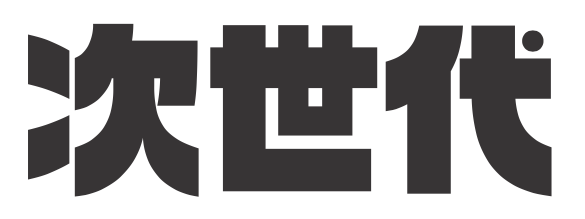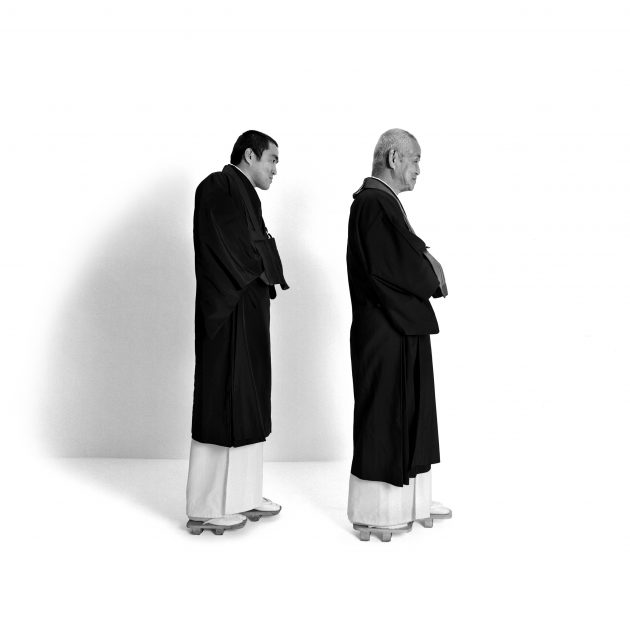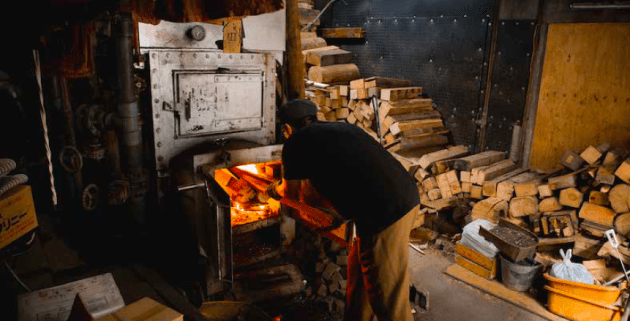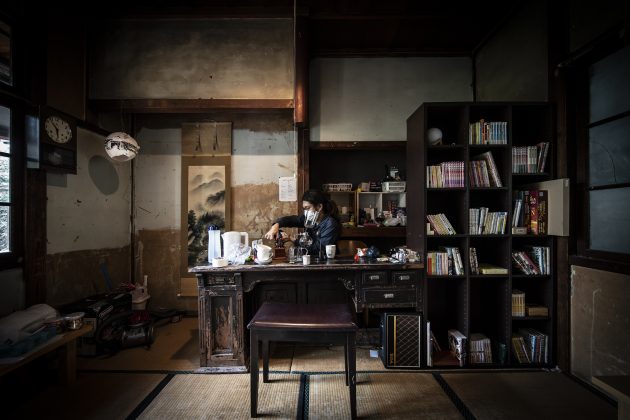¥1,800
(US$19)
In a time of transitions—the start of the Reiwa Era, the turn of the decade, the return of the Olympics—KJ97 looks to those engaged in shaping the next phase of Japan’s history.
 next generations
next generationsThis issue shines a light in particular on the youth of Japan, whether bringing new relevance to traditional industries and the arts or spearheading the local extensions of global movements. What changes and obstacles do they anticipate will face the generation after them? Guest edited by Ty Billman.

KJ’s Codi Hauka interviews young photographer and amputee, Mari Katayama, whose work is to be exhibited in the 2020 edition of KYOTOGRAPHIE International Photography Festival (postponed til September).
We talk to Fuyuko Kobori, the first woman to head a major school of tea; Kenta Nakazato, a ceramicist in his 20s from a 400-year-old pottery lineage in Karatsu, Kyushu; and Sanjiro Minato, who has saved several sento (public baths) from ruin and fostered new appreciation of them among university students.
Dr. Anne Nishimura Morse, Senior Curator of Japanese Art at the Museum of Fine Arts, Boston on rectifying a shortage of curators in the next decade; craft expert Sachiko Matsuyama meets a team seeking to revive Kyoto’s everyday, lacquer soup bowl.
KJ’s Susan Pavloska talks with the residents of Yoshida-ryo, the long-time self-governing dormitory on the Kyoto University campus as it weathers attempts by the administration shutter it; and Sookyong Yoo elucidates the multi-generational appeal of manga.
Ainu academic, Dr. Kanako Uzawa, recounts how she connected with her with heritage while growing up in Japanese society, Gill Steel investigates the low voter turnout among Japanese youth, and we look at the long fight for gender equality in the country.
Over nearly 40 years, Bruce Osborn captures thousands of Oyako (parents and their children), while James Fyfe travels to depopulating, ageing small towns around Japan to seek out the faces behind the statistics.
W. David Kubiak speaks to Sonam Wangchuk, the Ladakhi engineer behind the ice stupa project, about the success of his Students’ Educational and Cultural Movement of Ladakh’s flagship school, and Melissa Uchiyama tells the story of Kyoto’s first gin distillery.

POETRY & BOOK REVIEWS – Fiction from Hong Kong writer Monica Wat in collaboration with the Hong Kong International Literary Festival; poetry by Pulitzer Prize winner, Forrest Gander recently translated into Japanese for the first time by Eri Nakayama and Matthew Chozick; internationally-acclaimed author and KJ friend Pico Iyer, opens a genre-defying piece from Singaporean neurosurgeon Justin Ker; and Leath Tonino ponders Japanese Buddhist death poetry.
Cover: From a series of family portraits shot in Kyoto’s Demachi Shotengai shopping arcade by Omar Victor Diop (courtesy of KYOTOGRAPHIE).
128pp; Printed on FSC-certified Vent Nouveau paper in Kyoto, Japan by SunM Color

With thanks to our partners:
Hachise – The second in a four-part series in the collaboration with the machiya specialist, this time on how they are encouraging efforts to revive old architecture Kyoto’s neighboring Otsu.
Tuttle Publishing – Reviews of the latest releases.
Shimaya Stays, who also supported our KYOEN exhibition and is offering Miksang photography course participants 15% off stays at their properties
Kyoto Distillery, who generously served up gin cocktails at our KYOEN exhibition opening party! (Psst! Order your copy of Classic KI NO BI Cocktails and receive 50% off our Food issue!)
¥2,180 (approx US$19) Need a currency converter? Use this one.
**We can now ship this issue to the USA. Please see our FAQs for the latest shipping updates. **
Shipping within Japan is free. But the price excludes Japanese sales tax.
Shipping to the North America/Europe/Oceania/Asia: ¥450 (about US$4).
We’re sorry to say that due to unreliable postal systems in Africa and South America we do not currently ship to these regions at all.
Is this a gift? We can put in a simple gift tag. If you would like it delivered direct to the recipient please just make sure the shipping address is correct!
Advertise in Kyoto Journal! See our print, digital and online advertising rates.
Recipient of the Commissioner’s Award of the Japanese Cultural Affairs Agency 2013